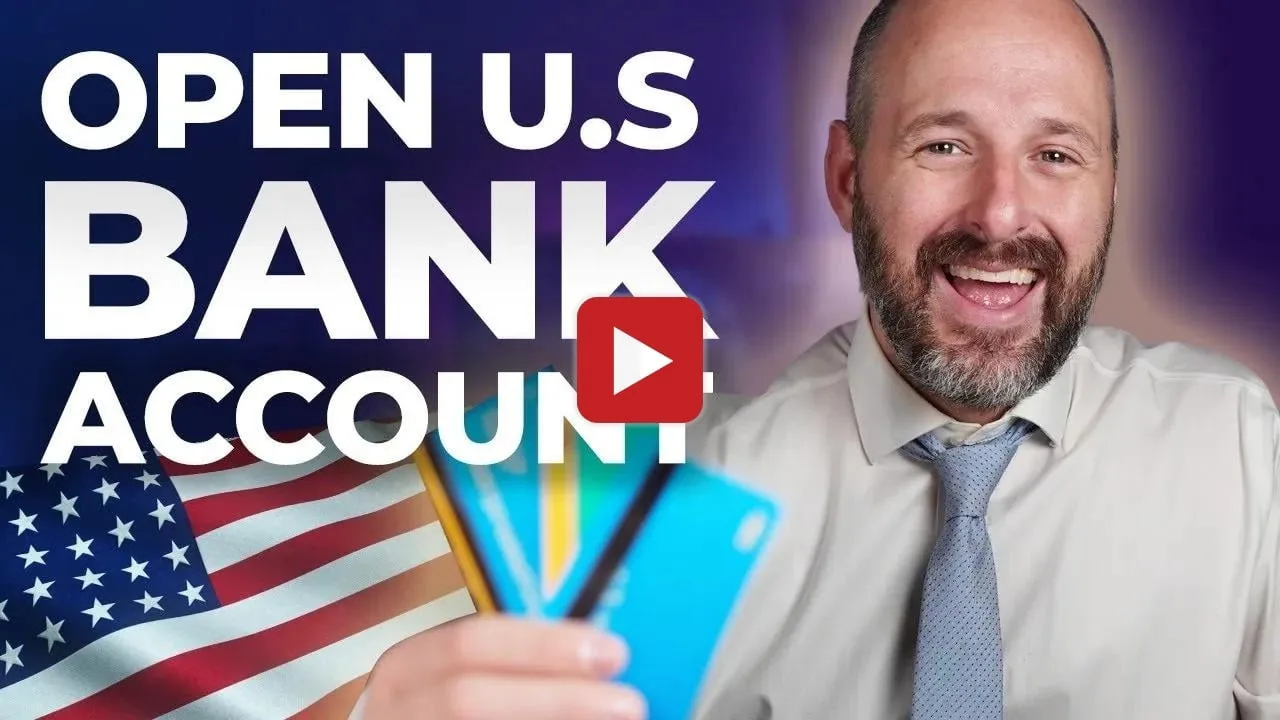
If you’ve ever wondered why Stripe closes accounts without warning, you’re not alone. Thousands of online businesses are being shut down overnight — and most have no idea why.
Visa’s new VAMP rules, Stripe’s automated fraud systems, and rising chargeback thresholds are pushing more merchants into the “high-risk” category. In this blog, we break down exactly what changed and how you can protect your business before Stripe pulls the plug.
The surprising part is that many of these businesses did nothing wrong. They were not scammers. They were not selling high risk products. Likewise, they were just operating normally. Yet their processors shut them down anyway.
In this blog, based on the video conversation between James Baker and payment processing expert Michael Ramsey, we break down the real reasons accounts are being closed, what changed with the new Visa rules, and what online businesses must do right now to avoid becoming the next victim.
Why So Many Stripe Accounts Are Getting Shut Down
The biggest shift happened on October 1st, when Visa updated the way they calculate chargeback and fraud ratios. This single change has created a ripple effect across the entire payments industry.
Before October, payment processors tracked two separate metrics:
– Fraud monitoring
– Chargeback monitoring
These were independent buckets. A fraud alert did not necessarily count against your chargeback ratio.
Now everything has changed.
Visa combined both metrics into one strict ratio called the VAMP Ratio (Visa Acquirer Monitoring Program). And this ratio is now much harder to comply with.
Here is the quick version:
| Category | Before | After (New Visa Rules) |
|---|---|---|
| Fraud and chargebacks counted separately | Yes | No, now combined |
| Chargeback threshold | Higher | Much lower |
| Required compliance ratio | More flexible | Very strict |
| Impact on small merchants | Low | Very high |
This new combined ratio means every small issue counts against you. And the tolerance for errors is now tiny.
How Strict Is the New Chargeback Threshold
Stripe recently updated their public documentation to reflect the new limits. If your chargeback rate hits 0.5 percent, you are now considered excessive.
That means:
– 1 chargeback out of 200 transactions
– Even if you win the chargeback
– Even if the buyer made a mistake
– Even if the bank later reverses it
It still counts against you.
This is a huge problem because friendly fraud is rising. Many customers do not remember what they bought. Their kids use the credit card. People panic when they see a charge. They call the bank. The bank flags it as fraud even when it wasn’t fraud at all.
This triggers a TC40 report, which Visa now counts against your ratio, even if no chargeback happens.
When you add it all together, you have a perfect storm that leads to shutdowns.
Why Stripe Has Become Extremely Risk Averse
Stripe is now one of the most de risked processors in the world. They have millions of customers and they do not want risk. It is easier for them to shut you down than to investigate your situation.
According to Michael Ramsey, to avoid shutdowns you must have:
– Strong KYC and KYB documents
– Stable and predictable payment volume
– Low chargebacks
– Professional business communication
– Clear customer expectations
– Refunds instead of disputes
If you scale from zero to 100k in a single month, Stripe will likely evaluate you as high risk. If you have unclear billing descriptors, you are high risk. If customers cannot identify your charge, high risk.
Stripe is amazing for onboarding quickly, but unreliable if you hit any of their internal risk triggers.
How Refunds Affect Your Risk Profile
Refunds are safer than chargebacks, but a high refund rate also looks suspicious. If your refund rate is above 2 or 3 percent, Stripe will monitor you closely.
So refunds are not perfect, but they are definitly better than chargebacks. If a customer is unhappy, issue the refund. Do not wait. Do not argue. Do not let it escalate.
Keep in mind that even if you win a chargeback, it still shows up in your record. That is why avoiding chargebacks altogether is the real win.
How Friendly Fraud Hits Your VAMP Ratio
Friendly fraud is when a customer disputes a charge they actually made. It is one of the biggest threats to online merchants today.
Examples:
– Kids buy something on Roblox
– A spouse buys something the other spouse did not expect
– A customer forgets they subscribed
– A customer forgets your company name
– A renewal charge they forgot was coming
Even if the customer later says “oh sorry, my bad”, Visa has already counted it as fraud. It goes into the TC40 bucket. It affects your ratios. It increases your risk score.
That is why online businesses need a clear phone number, working email, and strong customer support presence. If people can reach you fast, they are less likely to call their bank.
High Risk Niches Are Getting Hit Even Harder
Industries like:
– Supplements
– Fitness programs
– Subscriptions
– Digital info products
– Men’s health
– Weight loss
– Beauty products
are experiencing shutdowns at insane levels.
This is because these industries naturally have higher refund rates and higher friendly fraud.
To survive, they must have:
– Device fingerprinting
– IP address monitoring
– Strong fraud detection
– Address and CVV verification
– Clear communications
– Visible billing descriptors
– Opt out reminders
– Renewal warnings
Many sellers used to fear giving too much information because it would reduce conversions. But in 2025, hiding information is a path straight to shutdown.
Transparency is now a survival requirement.
Why You Need a Backup Payment Processor Immediately
This is one of the most important takeaways.
Never rely on only one processor.
If Stripe is your only processor, you are one chargeback spike away from losing your entire business. The smartest businesses now use:
– Stripe for low volume
– A high risk processor for recurring billing
– A merchant account for stability
– A backup processor ready to activate
You should always have a second processor pre-approved. When something bad happens, switching should take minutes, not weeks.
Chargeback Management Tools You Need Now
Michael recommends Disputifier or Chargeblast as a must have tool. These tools help you:
– Prevent fraud
– Reduce chargebacks
– Automate dispute responses
– Improve win rates
– Reduce false positives
– Alert you early when issues appear
These systems plug into Stripe or other processors and act as your shield. In 2025, this is not optional. It is part of running an online business safely.
The Action Plan Every Business Should Follow
Here is the exact checklist that will keep your account alive:
1. Improve your fraud controls
Use Stripe Radar or similar tools. Activate all security filters.
2. Strengthen customer communication
Clear receipts, clear descriptors, clear renewals.
3. Lower your chargeback rate
Issue refunds fast. Avoid disputes. Use alerts.
4. Do not scale too fast
Grow gradually if you are using Stripe.
5. Have a second processor ready
Never rely on one provider.
6. Document everything
Every product, every delivery, every call, every transaction.
This is the only way to survive in the new payment ecosystem.
Final Thoughts
These new Visa rules changed everything. Even stable merchants are now at risk. Stripe is not trying to hurt businesses, but they have become ultra conservative. The best strategy is to work smarter, stay compliant, and diversify your payment stack.
Be make sure to watch the follow-up video on the best alternative processors to use if Stripe closes your account.
If your payment processor shuts you down, or if you want expert help setting up your international business structure, banking, or payment stack, visit jamesbakercpa.com or Schedule a call here
Starting an LLC? Don’t risk common mistakes that could cost you time, money, or privacy. Learn how to choose the right state, maintain anonymity, and protect your assets with expert guidance from James Baker, CPA.
Related Posts
Starting an LLC? Don’t risk common mistakes that could cost you time, money, or privacy. Learn how to choose the right state, maintain anonymity, and protect your assets with expert guidance from James Baker, CPA.




